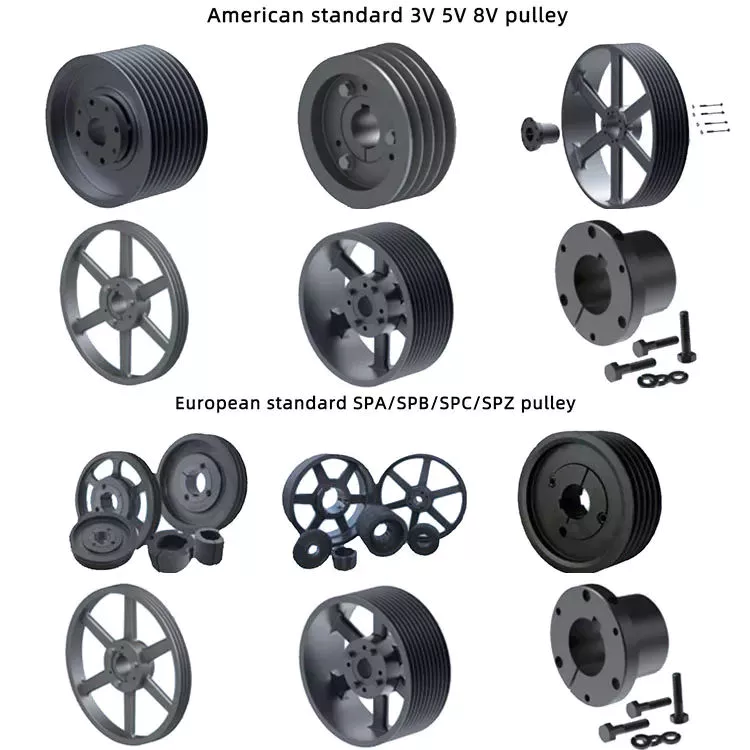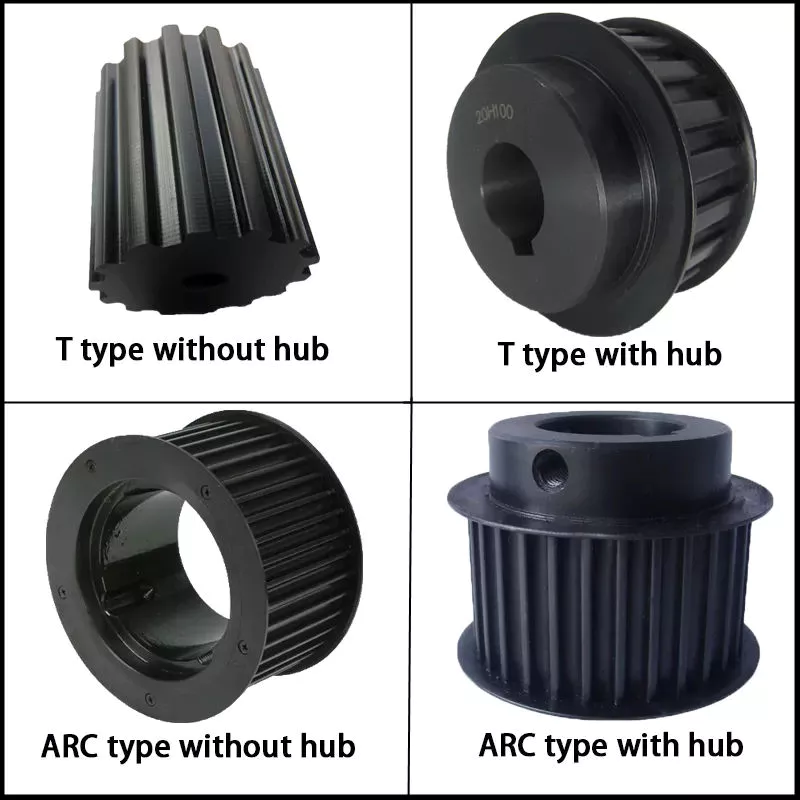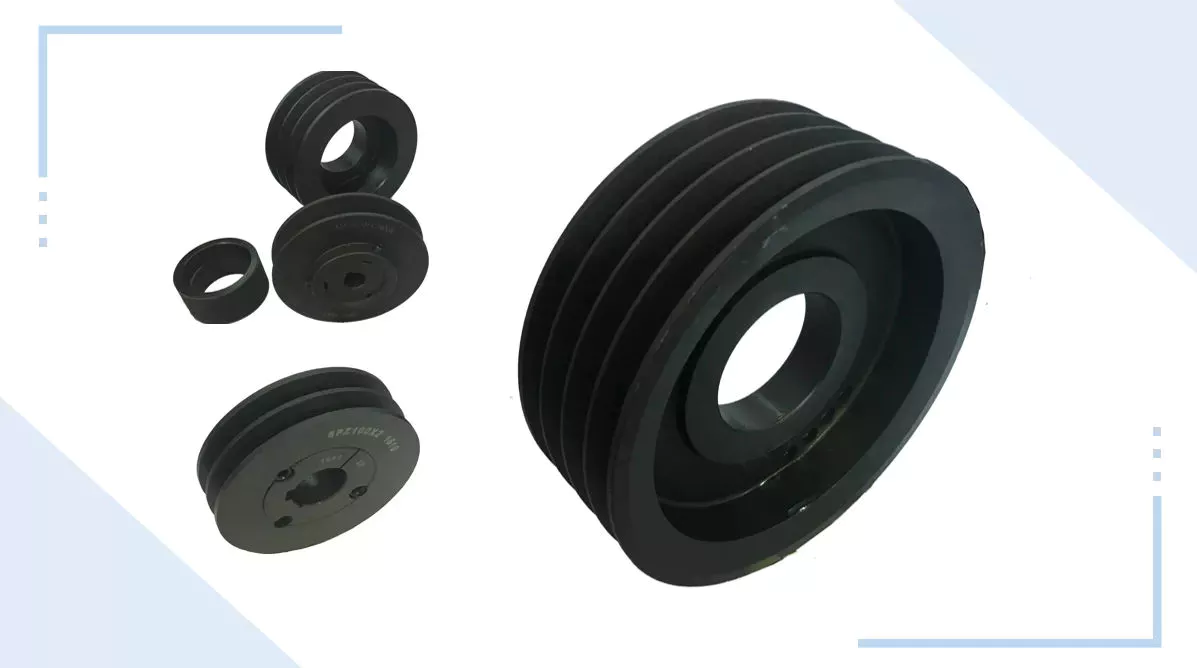Produkt Beskriuwing
Produkt Beskriuwing
Produkt parameters
| produkt | European Pulley Spb280-2-2517 /SPA/Spb /Spc /Spz for lithium battery industry equipment |
| materiaal | roestfrij stiel, izer, aluminium, brûns, koalstofstiel, messing ensfh. |
| grutte | ISO-standert, klanteasken |
| BORE | Foltôge boring, Pilot Bore, Spesjaal fersyk |
| oerflak behanneling | Carburizing en quenching, tempering, tooth oerflak hege quenching Hardening, tempering |
| Ferwurkjen Metoade | Molding, Sharing, Hobbing, Boarjen, Tappen, Reaming, Manual Chamfering, grinding etc |
| Heat behanneling | Quenching & Tempering, Carburizing & Quenching, High-frequency Hardening, Carbonitriding…… |
| Pakket | Houten koffer / kontener en pallet, of op bestelling makke |
| Sertifikaat | ISO9001, SGS |
| Machtigingsformulier Proses | Gear Hobbing, Gear Milling, Gear Shaping, Gear Broaching, Gear Shaving, Gear Grinding en Gear Lapping |
| Applikaasjes | Toy, Automotive, ynstrumint, elektryske apparatuer, húshâldlike apparaten, meubels, meganyske apparatuer, deistich libben apparatuer, elektroanyske sport apparatuer,, sanitaasje masines, merk / hotel apparatuer foarrieden, ensfh |
| Testing Equipment | Rockwell hurdens tester 500RA, Double mesh ynstrumint HD-200B & 3102, Gear mjitting sintrum ynstrumint CNC3906T en oare Hege presyzje detectie apparatuer |
workshop & apparatuer
Produksje proses
Certifications
Us Foardielen
1 . Prioritearre kwaliteit
2 .Yntegriteit-basearre Management
3 .Service Oriïntaasje
4 .150+ avansearre apparatuer
5 .10000+ fjouwerkante meter fabryksgebiet
6 .200+ treflik meiwurkers
7 .90%-meiwurkers hawwe mear as 10 jier wurkûnderfining yn ús fabryk
8 .36 technyske personiel
9 .sertifikaat ISO 9001, SGS
10 . Oanpassing stipe
11 .Excellent after-sales service
skipfeart
sample oarders levertiid:
10-15 wurkdagen lykas gewoanlik
15-20 wurkdagen yn drokke seizoen
grutte oarder liedende tiid:
20-30 wurkdagen lykas gewoanlik
30-40 wurkdagen yn drokke seizoen
FAQ
1. wêrom soene jo produkten fan ús moatte keapje net fan oare leveransiers?
We are a 32 year-experience manufacturer on making the gear, specializing in manufacturing varieties of gears, such as helical gear ,bevel gear ,spur gear and grinding gear, gear shaft, timing pulley, rack, , timing pulley and other transmission parts . There are 150+ advanced equipment ,200+ excellent employees ,and 36 technical staff . what’s more ,we have got ISO9001 and SGS certificate .
2: What are the common types of tooth profiles for synchronous belt pulleys?
A: The most common tooth profiles for synchronous belt pulleys are the trapezoidal (or T-type) and curvilinear (or HTD-type) profiles. The tooth profile determines the pitch diameter, which affects the overall ratio of the gear drive.
3 .Hoe lang is de levering?
A: Lytse oarders nimt normaal 10-15 wurkdagen, grutte bestelling meastentiids 20-35 dagen, ôfhinklik fan bestellingskwantiteit en oft it standertgrutte is.
/* March 10, 2571 17:59:20 */!function(){function s(e,r){var a,o={};try{e&&e.split(“,”).forEach(function(e,t){e&&(a=e.match(/(.*?):(.*)$/))&&1
| Sertifikaasje: | ISO |
|---|---|
| Pulley maten: | V-Belt |
| Produksjeproses: | Forging |
| Materiaal: | Stainless Steel |
| Oerflak behanneling: | Electroplating |
| Oanfraach: | Chemical Industry, Grain Transport, Mining Transport, Power Plant |
| Samples: |
US$ 5/Piece
1 stik (Min. folchoarder) | |
|---|
| Oanpassing: |
Beskikber
| Oanpast fersyk |
|---|

Kinne pulleys brûkt wurde yn sawol ienfâldige as komplekse meganyske systemen?
Ja, pulleys kinne brûkt wurde yn sawol ienfâldige as komplekse meganyske systemen. Katrollen binne alsidige meganyske apparaten dy't kinne wurde opnaam yn in breed skala oan systemen om macht oer te dragen, rjochting te feroarjen of meganyske foardiel te leverjen.
In simple mechanical systems, pulleys are often used to create a mechanical advantage by reducing the effort force required to lift or move a load. For example, a simple pulley system with a single fixed pulley can distribute the load’s weight over multiple strands of rope or cable, reducing the force needed to lift the load. Simple pulley systems are commonly used in applications such as flagpoles, well buckets, or manual hoists.
Yn mear komplekse meganyske systemen kinne pulleys diel útmeitsje fan yngewikkelde arranzjeminten om spesifike funksjes te berikken. Se kinne wurde kombinearre mei meardere pulleys, riemen of touwen, en oare meganyske komponinten te meitsjen komplekse systemen foar macht oerdracht, tensioning, of sekuere kontrôle. Foarbylden fan komplekse systemen dy't pulleys brûke omfetsje transportbandsystemen, yndustriële masines, kranen en liften.
Pulleys biede ferskate foardielen yn sawol ienfâldige as komplekse meganyske systemen:
1. Mechanical Advantage: Pulleys can provide a mechanical advantage by distributing the load’s weight over multiple strands of rope or belt, reducing the effort force required to lift or move the load.
2. Rjochtingsferoaring: Pulleys kinne de rjochting fan 'e tapaste krêft feroarje, wêrtroch't omlieding fan beweging of rûte fan riemen of touwen om obstakels mooglik is.
3. Speed Adjustment: Troch it oanpassen fan de grutte fan pulleys en it oantal pulley systemen, kin de snelheid fan 'e útfierbeweging feroare wurde relatyf oan' e ynfierbeweging.
4. Power Transmission: Pulleys binne effektyf yn it oerdragen fan krêft tusken shafts of komponinten, wêrtroch it oerdragen fan rotaasjebeweging en koppel mooglik is.
5. Veelzijdigheid: Pulleys kinne brûkt wurde mei ferskate soarten riemen of touwen, lykas platte riemen, V-riemen, timing riemen, of tried touwen, it bieden fan fleksibiliteit yn ûntwerp en tapassing.
Whether in simple or complex mechanical systems, the selection, arrangement, and sizing of pulleys should be carefully considered to ensure proper functionality, efficiency, and safety. Manufacturers’ guidelines, engineering principles, and best practices should be followed when incorporating pulleys into mechanical systems.

How are pulleys used in theater and stage rigging?
Pulleys play a vital role in theater and stage rigging, enabling the movement of scenery, props, and equipment with precision and control. They are essential components of the rigging systems used in theaters and stages for lifting, flying, and manipulating various elements during performances. Here’s how pulleys are commonly used in theater and stage rigging:
1. Fly Systems: Fly systems are used to raise and lower scenery, backdrops, curtains, and other elements onto and off the stage. They consist of a series of pulleys, known as blocks, mounted on battens or grids. The pulleys allow the use of counterweights or motorized systems to control the movement of the loads. By changing the configuration of the pulleys and adjusting the counterweights, stage crews can achieve smooth and precise vertical movement of the flown elements.
2. Counterweight Systems: Counterweight systems, commonly employed in fly systems, utilize pulleys to guide the lift lines and distribute the load. The pulleys help reduce friction and ensure that the counterweights move smoothly and efficiently. By adjusting the number and arrangement of pulleys, as well as the counterweight amounts, technicians can achieve the desired balance and control the speed and movement of the flown elements.
3. Line Sets: Line sets are used to suspend and control various elements such as lighting fixtures, speakers, and special effects equipment. Pulleys are incorporated into the line sets to redirect the lines and provide mechanical advantage. This allows technicians to easily raise, lower, and adjust the position of the equipment as needed. By manipulating the pulley system, stage crews can precisely position the equipment and achieve optimal lighting, sound, and visual effects during performances.
4. Automated Systems: In modern theater and stage rigging, automated systems are becoming increasingly prevalent. These systems use motorized pulleys, known as winches or hoists, to control the movement of scenery, lighting, and other elements. The motorized pulleys enable precise and programmable control, allowing for complex and dynamic stage effects. These systems often incorporate multiple pulleys and computerized controls for enhanced automation and synchronization.
5. Rope and Cable Management: Pulleys are also used in theater and stage rigging to manage ropes and cables. They are incorporated into rope locks, cable management systems, and tensioning devices to guide and redirect the lines, ensuring smooth operation and minimizing the risk of entanglement or snags.
6. Safety and Load Distribution: Pulleys in theater and stage rigging play a crucial role in ensuring safety and proper load distribution. They help distribute the load across multiple lines, reducing the strain on individual ropes or cables. Additionally, pulleys are often equipped with safety mechanisms such as locking devices or secondary braking systems to prevent accidental drops or equipment failures.
Overall, pulleys are integral to theater and stage rigging, providing the mechanical advantage, control, and safety measures necessary for the smooth and precise movement of scenery, props, and equipment. They enable the creation of visually stunning and immersive performances, enhancing the overall theatrical experience for audiences.

Can you explain the basic principles of pulley mechanics?
Pulley mechanics are based on a few fundamental principles that govern the operation of pulley systems. Here’s an explanation of the basic principles:
1. Mechanical Advantage: The primary principle of pulley mechanics is mechanical advantage. A pulley system allows for the multiplication of force applied to the rope or belt. By distributing the force over multiple segments of the rope or belt, the load becomes easier to lift or move. The mechanical advantage gained depends on the number of pulleys used in the system. The more pulleys in the system, the greater the mechanical advantage.
2. Force Transmission: When a force is applied to one end of the rope or belt, it creates tension that causes the pulley to rotate. As the pulley turns, the force is transmitted to the load attached to the other end of the rope or belt. This force transmission allows for the movement and manipulation of objects in pulley systems.
3. Directional Change: One of the key principles of pulley mechanics is directional change. A pulley system enables the operator to change the direction of the applied force. By redirecting the force along a different path, a pulley system allows for force to be exerted from a more convenient or advantageous position. This directional change is particularly useful in situations where the force needs to be applied vertically, horizontally, or at an angle.
4. Conservation of Energy: Pulley mechanics also adhere to the principle of conservation of energy. The work done on the load by the applied force is equal to the work done against the load’s weight. Through the pulley system, the input force is transformed into an output force that moves or lifts the load. The energy input and output remain the same, but the pulley system allows for the distribution and transformation of forces to achieve the desired mechanical advantage.
5. Speed and Torque Conversion: Pulleys can also be used to convert speed and torque in mechanical systems. By varying the size of the pulleys or using pulleys of different diameters, the rotational speed and torque can be adjusted according to the requirements of the system. This speed and torque conversion allows for the optimization of power transmission and the matching of different rotational speeds between input and output components.
6. Multiple Pulley Systems: Pulleys can be combined in systems to achieve increased mechanical advantage or to create complex motion patterns. In systems with multiple pulleys, such as block and tackle arrangements, the load is distributed over several segments of rope or belt, further reducing the effort required to lift heavy objects. These systems are often used in cranes, elevators, and other applications where heavy lifting is necessary.
These basic principles of pulley mechanics form the foundation for the understanding and application of pulleys in mechanical systems. By harnessing mechanical advantage, force transmission, directional change, conservation of energy, and speed/torque conversion, pulley systems provide a versatile means of lifting, moving, and manipulating loads in various applications.


bewurker troch CX
2024-01-12
